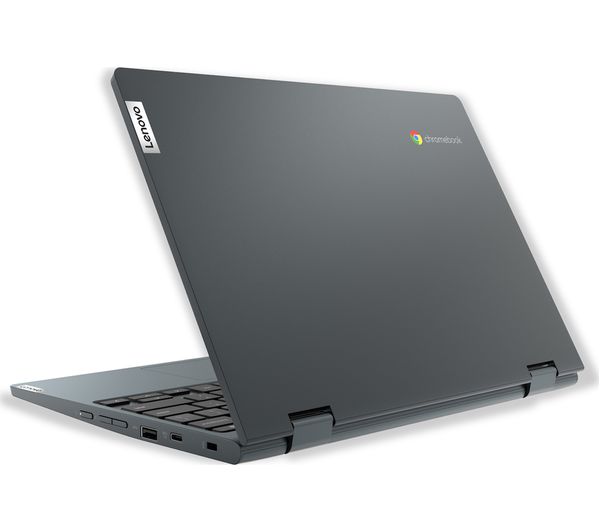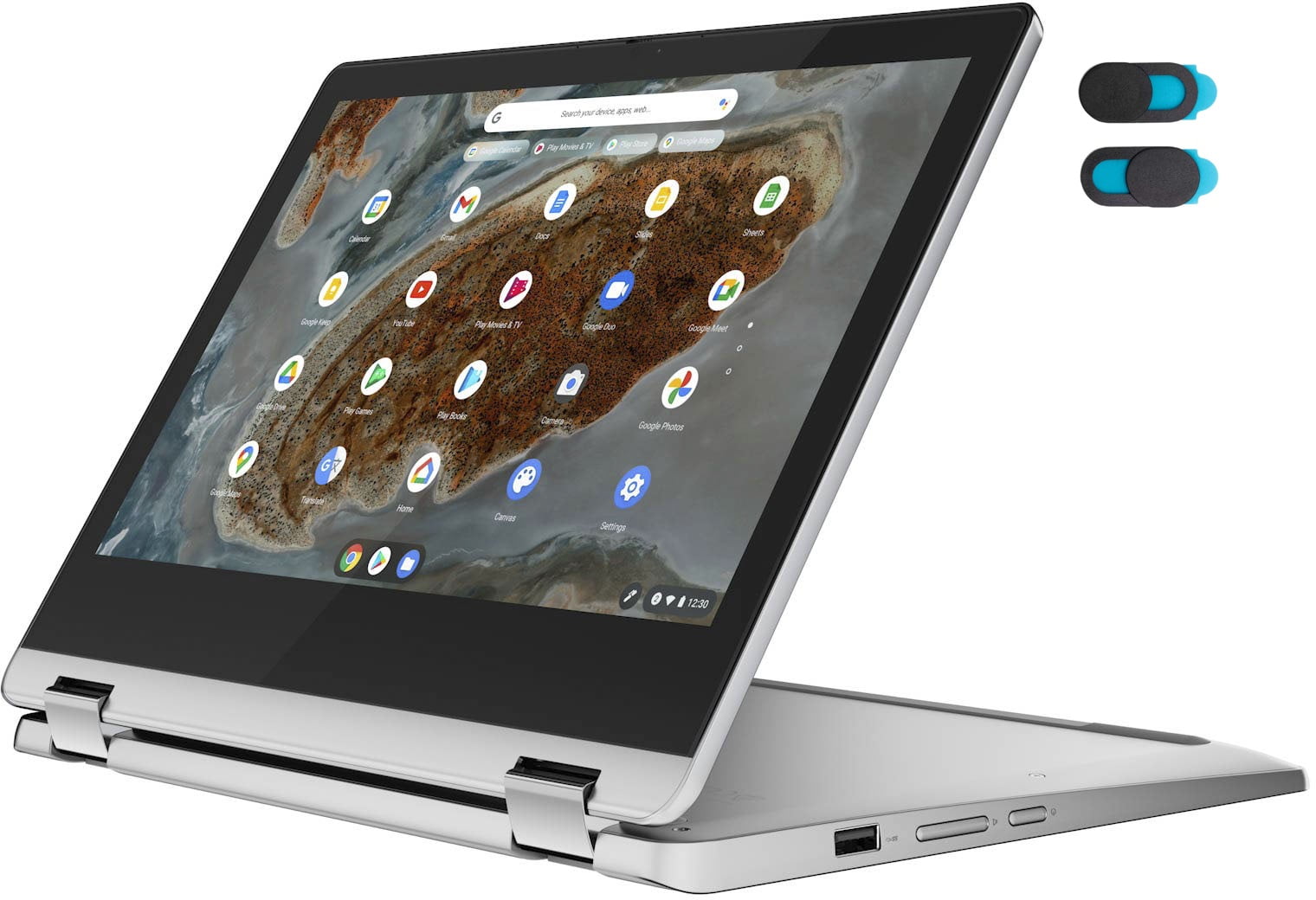
In fact, HP deliberately extended the chassis to allow room for better airflow, and the migration to a 16:10 display adds some depth. The Envy 16 focuses on performance and display size, not on the size of its chassis. It’s probably safest to assume that you can run modern titles at 1080p and high graphics and then be happy when you find games that will run well at 1440p. Specifically, the Envy 16 was fast in Civilization VI and Assassin’s Creed Valhalla, but it fell behind in Cyberpunk 2077 and Fortnite. Its 3DMark Time Spy score was strong for an RTX 3060, but that didn’t translate across all our gaming tests. I expected solid gaming performance given the high single-core performance, but the Env7 16 had mixed results. With a fast CPU and an RTX 3060, it’s natural to play some games on the Envy 16.


It can also handle the most demanding productivity workflows with ease. Synthetic benchmarks aside, the Envy 16 appears to be a strong performer in the kind of real-world applications that matter most to creators. While it fell behind laptops like the Asus ZenBook Pro 16X and MSI Creator Z16P in performance mode, it was within spitting distance of the much more expensive Apple MacBook Pro 16 with its Apple M1 Pro CPU. It was the fastest Windows laptop in our comparison group in balanced mode. And that includes laptops running the lesser Core i7-12700H.Īt the same time, the Envy 16 performed well in the PugetBench Premiere Pro benchmark, which runs a live version of Adobe Premiere Pro and makes copious use of both the CPU and the GPU. Our Handbrake test that encodes a 420MB video as H.265 is a prime example, with the Envy 16 being slower than all but the MacBook Pro 16. I’ve reported balanced and performance mode scores, but only minor differences exist with the Envy 16.Ĭreative applications tend to be heavily multi-threaded, meaning creators won’t benefit as much from the Envy 16’s fast single-core performance. The HP Command Center utility, used to switch thermal profiles, had little impact. This extended to both Geekbench 5 and Cinebench R23, where the Envy 16 led the pack in single-core results while falling behind in multi-core. Interestingly, in our benchmarks, the Envy 16 was much faster at single-core tasks than at multi-core tasks. Note that the $1,180 entry-level configuration includes an Intel Arc A370M GPU rather than the RTX 3060, so choose wisely if GPU performance is important. On paper, the Envy 16 is a speedy mainstream laptop, especially given a thicker chassis and an upgraded thermal design with dual fans and a liquid vapor chamber. My loaded $2,600 review unit came with the 45-watt 14-core/20-thread Core i9-12900H CPU, 32GB of DDR5 RAM, fast 2TB PCIe 4.0 SSD (with two 1TB SSDs running in RAID 0 as an even faster option), and an RTX 3060 GPU. Fitbit Versa 3īest HP laptop deals: HP Envy, HP Spectre x360, and moreĪsus ZenBook S 13 Flip vs.


 0 kommentar(er)
0 kommentar(er)
